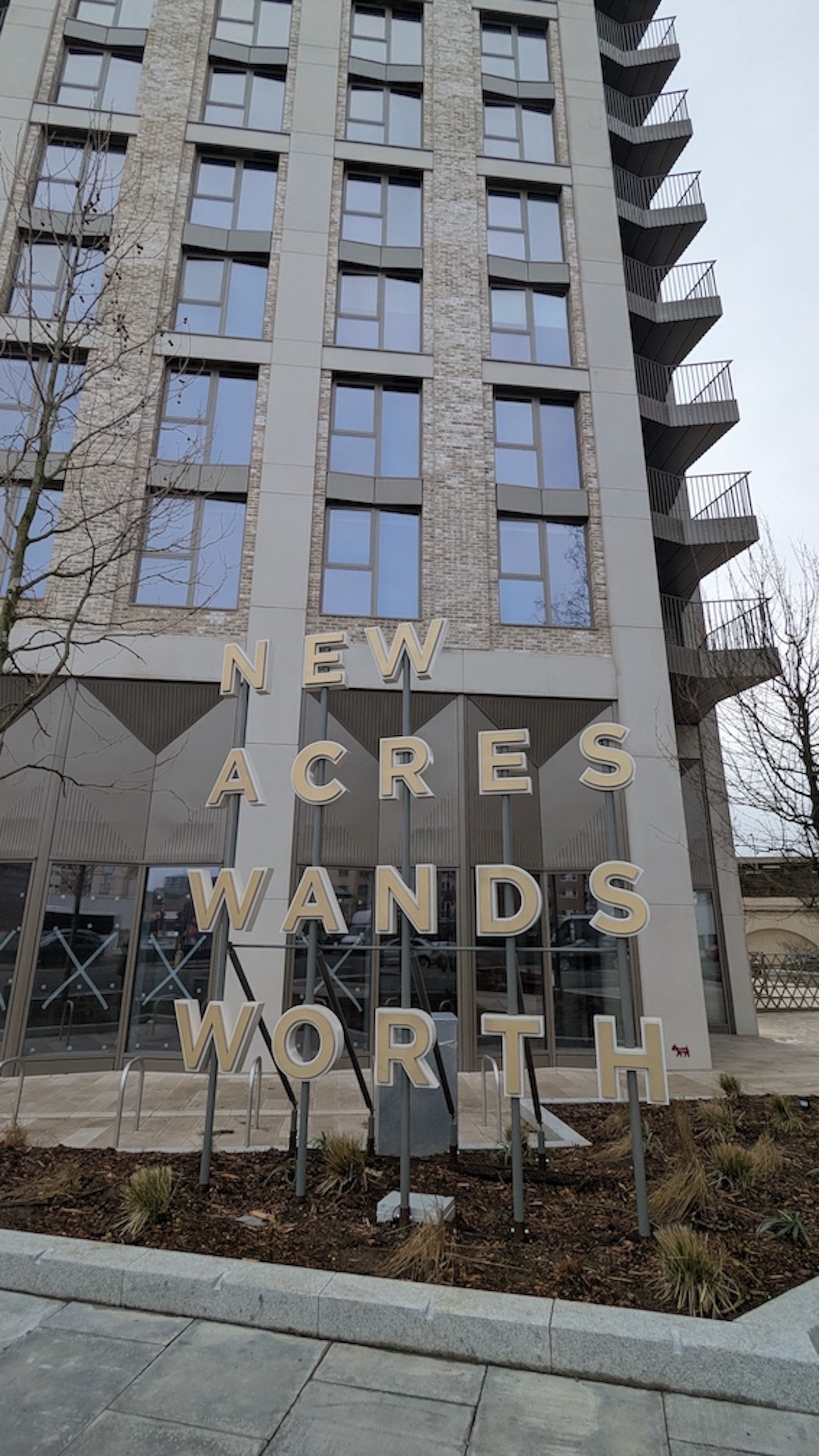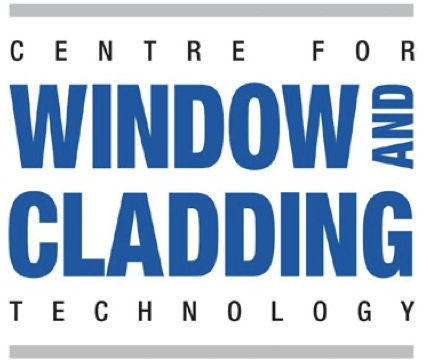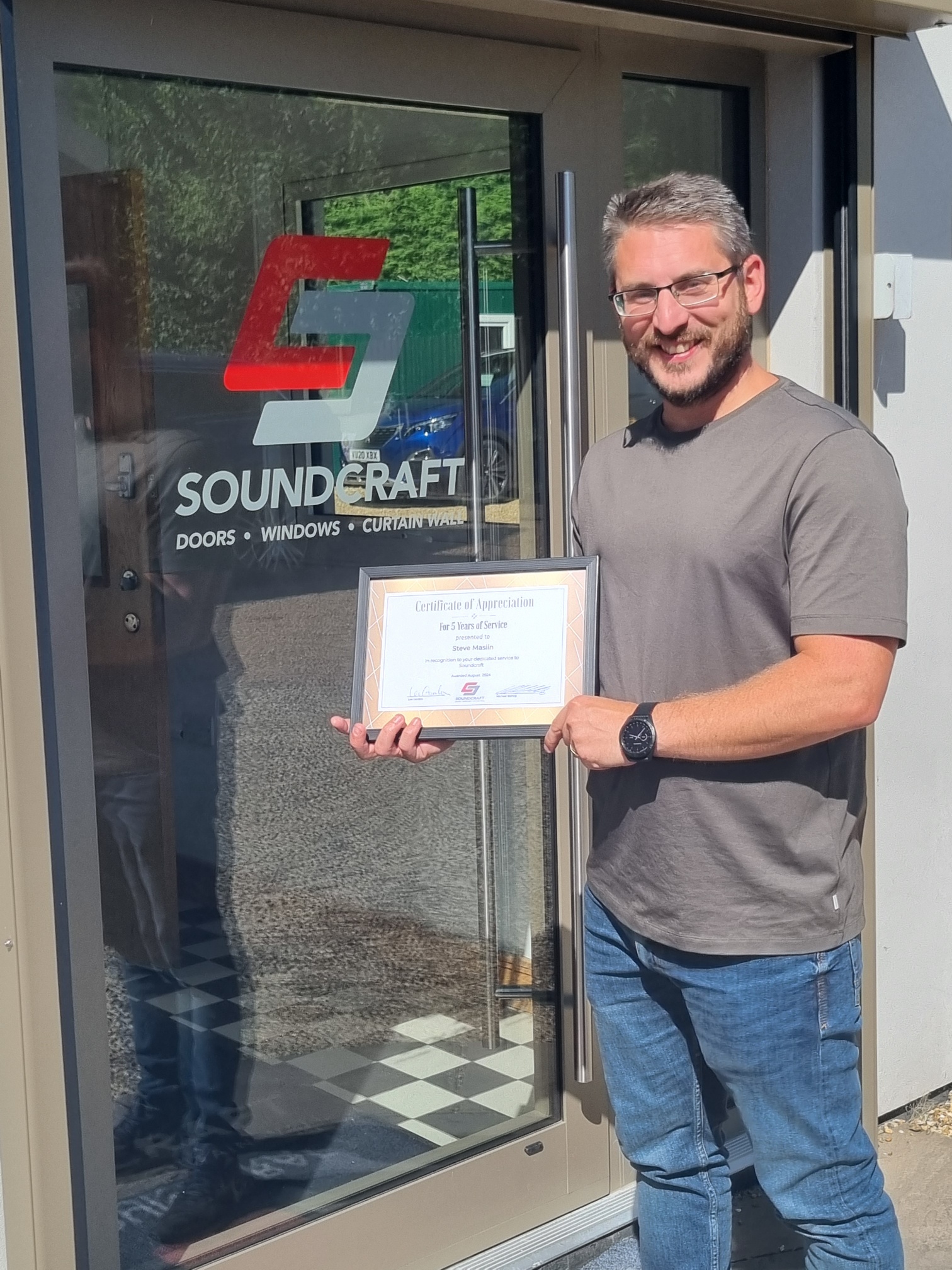Security is an important consideration for any new-build project. After all, future occupants will want the property to be secure and a certain standard is required by the Building Regulations 2010.
Specifiers may already be aware of how doorsets and windows need to meet certain safety regulations – but what about curtain walling? Many mixed-use Does curtain walling need to be Secured by Design?
Security is an important consideration for any new-build project. After all, future occupants will want the property to be secure and a certain standard is required by the Building Regulations 2010.
Specifiers may already be aware of how doorsets and windows need to meet certain safety regulations – but what about curtain walling? Many mixed-use developments and modern residences incorporate curtain walling – and it certainly bears some resemblance to windows – so you might be wondering: “Does anyone have SBD for curtain walling?”
The short answer is:
“Not exactly.”
But there’s a lot more to it than that, so here’s the long answer:
What is Secured by Design?
Before we get to the question of secure curtain walling, it’s a good idea to understand what SBD actually means.
Secured by Design is an initiative the supports the principles of “designing out crime” through the use of crime prevention and security standards. The scheme is respected throughout the construction industry and it’s well known among householders. There’s also growing pressure for insurance companies to reflect the use of SBD products on insurance premiums.
In order to gain SBD approval, a window or doorset manufacturer must have its product, or products, successfully tested in accordance with the standards prescribed by SBD.
The tests are similar to those required by Part Q of the Building Regulations, and windows and doors that are covered by an SBD license will also comply with Part Q.
Once testing is complete, a door and window manufacturer can approach SBD for a license and have its relevant products listed on the SBD website.
SBD and curtain walling
Technically speaking, curtain walling isn’t covered by SBD, as the standard currently only focusses on the security of windows and doorsets.
However, the tests required for SBD can be applied to curtain walling.
Publicly Available Specification 24, also known as PAS 24, sets out the security performance requirements for doorsets and windows. During testing, vulnerable points on windows and doors are checked to see how they respond when attacked to gain unauthorised entry.
Curtain walling can be subjected to similar tests, so could be said to meet to SBD requirements – even if the standard doesn’t actually cover the product type.
Soundcraft’s curtain walling has been tested to PAS 24 and it is even included on the SBD website – meaning it’s as close to SBD-approved as possible, even though it isn’t one of the products covered by the scheme.
Future requirements
Although curtain walling isn’t currently covered by SBD, in time we can probably expect it to have some form of accreditation. Until then, it’s good practice to specify high-security shop fronts that contribute to the overall safety of the building facade.
For example, if a new block of residential properties has a commercial outlet underneath, the windows and doors would need to meet the requirements of PAS 24 and Part Q. However, it also makes sense that any curtain walling on the retail space is approved to meet the same security standards. High-security curtain walling, combined with SBD doors and windows will help to ensure the entire building is well protected.
To learn more about SBD and how it relates to windows and doors, download our eBook: Specifying ‘Secured by Design’ (SBD) doorsets and windows; what do the regulations really mean?




